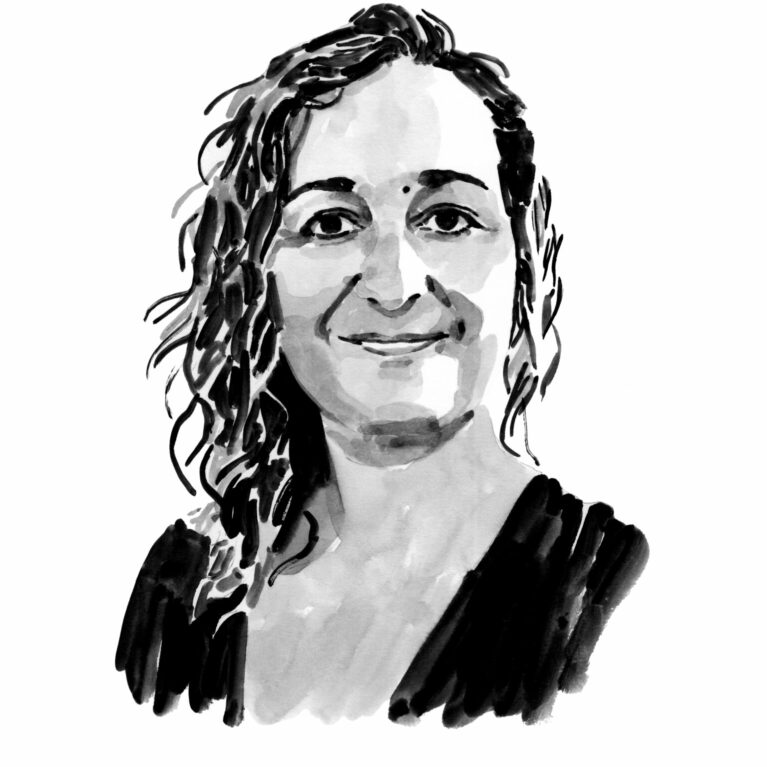Ana Maria Garcia Cegarra

Who I am
I am a marine scientist and my passion has been marine wildlife for as long as I can remember. I grew up on the coast of south-eastern Spain in a small town near the Mar Menor saline lagoon in the Mediterranean Sea. My parents used to take me to the beach and I remember being surrounded by seahorses in the shallow water of Mar Menor when I was three years old. Since then I have seen how the Mar Menor marine ecosystem has collapsed and now there are no more seahorses in the lagoon. I decided to become a marine scientist when I was 17 and I wanted to study large marine vertebrates. I dedicated my life to working hard to follow my dream, which was to have my own NGO and be able to study marine wildlife, especially cetaceans. I moved to Chile in 2014 to start my PhD and there I had the great opportunity to meet excellent people who supported me during my research. Together we decided to create the NGO Marine Fauna and Whale-watching Research Centre, known as CIFAMAC, in the central coastline of the Atacama Desert. Since then I have dedicated my life to the study of cetaceans, rays, seabirds, sunfishes and sea turtles in this isolated region bordering the driest desert in the world. Currently I am continuing my postdoctoral studies on large vertebrates at the University of Antofagasta, which I combine with research on cetaceans and environmental education about them at CIFAMAC.
Where I work
I work on the coastline of the Atacama Desert in northern Chile, in the small town of Mejillones where the desert meets the Humboldt current system in the south-eastern Pacific Ocean (23° S). This isolated region is characterised by strong winds and intense upwelling, where deep, cold, nutrient-rich waters rise to the surface and are warmed by the sun. This makes the region the most productive in northern Chile and ensures that keystone species – such as the Peruvian anchovy, the prey of many large vertebrates – exist in these waters. The Atacama Desert is the site of mining, one of Chile’s most significant economic activities, and Mejillones Bay is an important port for the shipping of products such as copper, lead, ammonium and coal. Currently Mejillones Bay supports nine shipping ports and 32 industries, such as thermo-electricity generation, along its coast. These human activities jeopardise the marine fauna in the bay.
What I do
My research aims to understand how human activities such as shipping and the pollution from industry may affect the welfare and survival of species such as the Chilean eagle ray and other large marine vertebrates. I would also like to understand how some of these species use this region as an important feeding and breeding ground. We have conducted long-term boat surveys to establish the presence, abundance and habitat use of cetacean species such as Burmeister’s porpoise, fin whales and dusky dolphins, but also to determine the presence of sunfish, sea turtles and marine debris. In addition, we are using unmanned aerial vehicles (drones) to study the physical condition of marine vertebrates such as the Chilean eagle ray. Thanks to drones, we have observed the presence of large aggregations of Chilean eagle rays in the shallow, sandy waters of Mejillones Bay. We are the first to establish their presence here and their abundance and distribution in the area, as well as to understand why they concentrate during summer months along the sandy beaches. To date there are no other studies in Chile on this vulnerable species. I also analyse stable isotopes and genetics in the laboratory to identify species and to understand population genetics and the trophic ecology of marine vertebrates. This has enabled us to recognise the importance of this region as a feeding habitat for most of the marine species already mentioned, including the Chilean eagle ray. We hypothesise that Chilean eagle rays concentrate in shallow water over a sandy substrate during austral summer months for breeding purposes and that spills of warm water from the thermo-electric industries along the coast have modified the rays’ behaviour, causing them to remain in this warm water during the austral winter.
